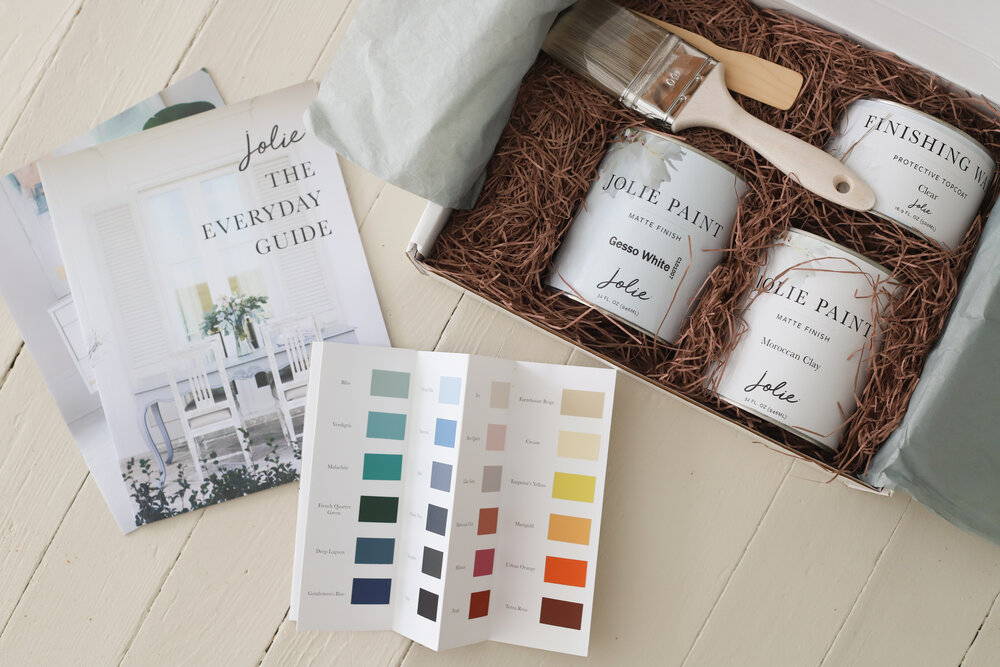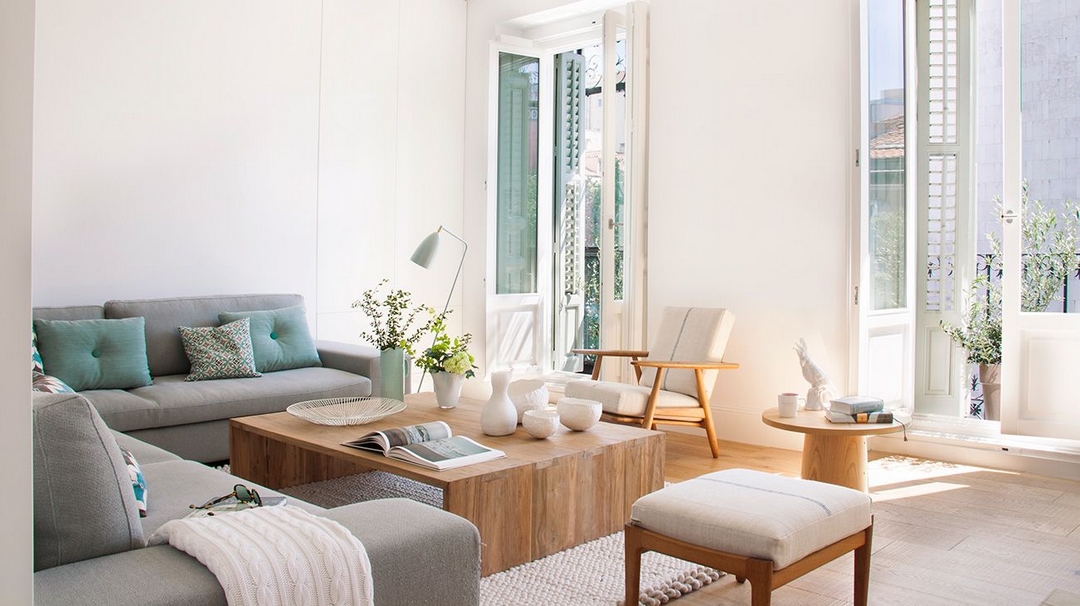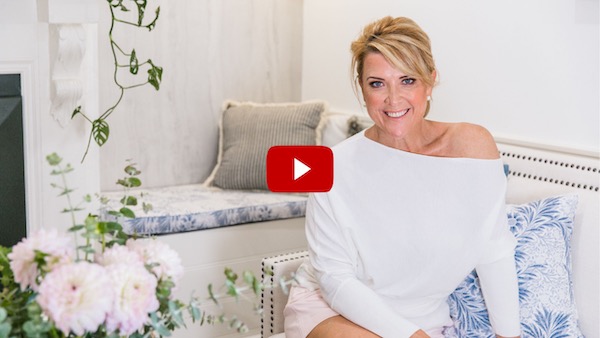When it comes to designing your home, achieving a cohesive and harmonious look is key. A cohesive design aesthetic not only enhances the overall visual appeal of your living space but also creates a sense of balance and unity. Whether you’re starting from scratch or looking to revamp your existing decor, this blog will guide you through the essential steps to create a cohesive design aesthetic throughout your home.
1. Define Your Style
Before diving into the world of interior design, it’s important to establish the style that resonates with you. Explore various design themes such as modern, traditional, rustic, minimalist, or eclectic, and identify the elements that appeal to your personal taste. Collect inspiration from magazines, online platforms, and social media to create a mood board that reflects your desired aesthetic.

2. Establish a Colour Palette
Colour plays a significant role in setting the tone and mood of your home. Selecting a consistent colour palette is crucial for achieving a cohesive design. Start by choosing a primary colour that will serve as the foundation for your palette. Consider the psychological effects of colours and how they interact with each other. Aim for a balance between warm and cool tones, and incorporate complementary or analogous colours to add depth and visual interest.
3. Consistency in Materials and Textures
Using consistent materials and textures throughout your home brings a sense of cohesion. Opt for materials such as wood, metal, glass, or stone that complement your chosen style. Integrate these materials across various elements like furniture, flooring, countertops, and accessories. Additionally, incorporate a variety of textures like smooth, rough, matte, or glossy to create visual contrast and tactile interest.

4. Furniture Selection
When choosing furniture, focus on pieces that align with your preferred design style. Look for clean lines, balanced proportions, and pieces that speak to your personal aesthetic. Ensure that the scale and size of the furniture are appropriate for the room and maintain a sense of harmony. Coordinate upholstery and finishes to match or complement your chosen colour palette.
5. Lighting
Lighting is a critical aspect of design that often gets overlooked. Different types of lighting, such as ambient, task, and accent lighting, serve various purposes and create distinct atmospheres. Incorporate a combination of lighting fixtures to highlight architectural features, provide task-oriented illumination, and create ambient lighting that sets the mood. Ensure that the finishes and styles of your lighting fixtures align with the overall design aesthetic.

6. Thoughtful Accessories and Artwork
Accessories and artwork contribute to the final touches that bring a cohesive design together. Select decor pieces, such as vases, sculptures, or decorative accents, that complement your chosen style and colour palette. Integrate artwork that resonates with your aesthetic and enhances the overall ambiance of each room. Consider the scale and placement of accessories to ensure they harmonise with the surrounding elements.
7. Flow and Transition
Maintaining a seamless flow and transition between rooms is essential for a cohesive design aesthetic. Pay attention to how one space connects with another, ensuring that the visual elements, colour scheme, and overall vibe remain consistent. Consider the layout, flooring materials, and architectural features to create a smooth transition from one room to another.
8. Edit and Simplify
Lastly, it’s crucial to edit and simplify your design choices to avoid clutter and maintain a cohesive look. Avoid over-accessorising or overcrowding spaces with too much furniture. Embrace negative space and allow room for elements to breathe. Regularly declutter and reassess your design choices to ensure everything contributes to the desired aesthetic.
Creating a cohesive design aesthetic throughout your home requires careful planning, attention to detail, and a clear vision of your preferred style. By defining your style, establishing a colour palette, using consistent materials and textures, selecting appropriate furniture and lighting, incorporating thoughtful accessories and artwork, ensuring smooth transitions, and embracing simplicity, you can achieve a harmonious and visually pleasing environment. Remember, a cohesive design not only enhances the beauty of your home but also creates a sense of comfort and tranquility for you and your loved ones.

 Naomi Findlay is an experienced interior designer, project manager and stylist who also loves sharing her passions and experience by teaching others.
Naomi Findlay is an experienced interior designer, project manager and stylist who also loves sharing her passions and experience by teaching others.
Leave a Reply